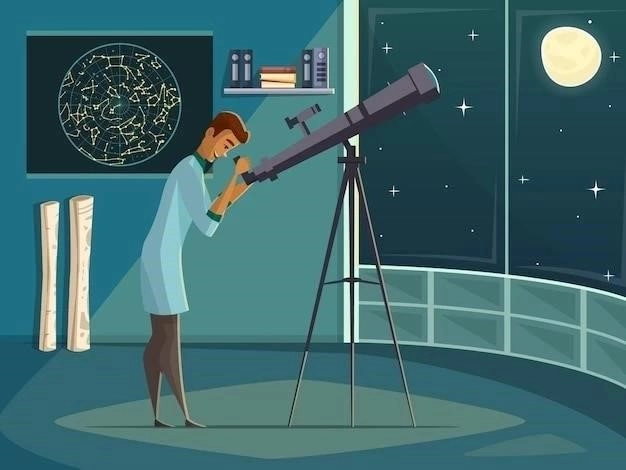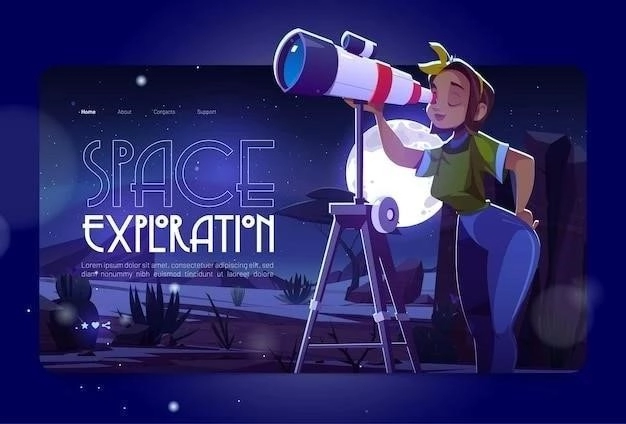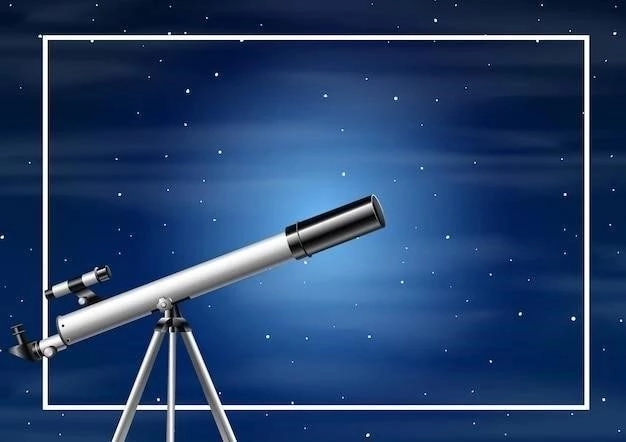Astronomy, the study of celestial objects and phenomena, holds a unique place as the oldest of the natural sciences․ Its roots reach back to the dawn of humanity, intertwined with the religious, mythological, and practical aspects of early civilizations․ From the ancient stargazers who meticulously charted the heavens to the modern astronomers who utilize sophisticated telescopes to peer into the depths of the universe, the quest to understand our place in the cosmos has been a constant driving force․

Ancient Astronomy: Laying the Foundations
The earliest humans possessed a natural curiosity about the sky and its rhythms․ They observed the cyclical patterns of the Sun, Moon, and stars, recognizing their influence on the seasons, tides, and their own lives․ These early observations laid the groundwork for what would become a structured study of the heavens․
Megalithic Monuments and Early Calendars:
- Sites like Stonehenge (c․ 3000 BCE) in England and the Goseck Circle (c․ 4900 BCE) in Germany stand as testaments to the astronomical prowess of prehistoric people․ These structures served not only as ritualistic centers but also as astronomical observatories, aligning with solstices and equinoxes, marking significant points in the solar year․
Mesopotamian Stargazers:
- The civilizations of Mesopotamia (present-day Iraq) made significant strides in astronomy․ The Babylonians, in particular, were meticulous record-keepers, documenting the movements of celestial bodies and developing sophisticated mathematical models to predict astronomical events․ Their astronomical diaries, etched on clay tablets, provide invaluable insights into the early understanding of planetary movements and eclipses․

Greek Astronomy: The Birth of a Science
The ancient Greeks inherited astronomical knowledge from the Babylonians and Egyptians, building upon it with their own observations and philosophical inquiries․ Greek philosophers and mathematicians transformed astronomy from a purely observational practice into a theoretical science, seeking to explain the underlying principles governing the cosmos․
Geocentric Models and Early Theories:
- Philosophers like Plato (428-348 BCE) and Aristotle (384-322 BCE) developed geocentric models of the universe, placing Earth at the center with the Sun, Moon, and stars revolving around it․ These models, while ultimately superseded, dominated astronomical thought for centuries․
Aristarchus and the Heliocentric Idea:
- A notable exception to the geocentric view was Aristarchus of Samos (c․ 310-230 BCE), who proposed a heliocentric model, suggesting that the Earth and other planets revolve around the Sun․ His ideas, though remarkably prescient, were not widely accepted at the time․
The Islamic Golden Age: Preserving and Expanding Knowledge
Following the decline of the Roman Empire, the Islamic world became a center for scientific advancement during the Islamic Golden Age (c․ 8th to 13th centuries)․ Islamic scholars translated and preserved ancient Greek texts٫ making significant contributions to astronomy٫ mathematics٫ and optics․
Astronomical Instruments and Observations:
- Islamic astronomers developed sophisticated instruments, such as the astrolabe and the quadrant, which enabled more precise observations․ They compiled extensive star catalogs, refined astronomical constants, and made important observations of lunar and solar eclipses․
The Renaissance and the Copernican Revolution
The European Renaissance marked a period of renewed interest in classical learning and a surge in scientific inquiry․ This era witnessed a paradigm shift in astronomy, challenging the long-held geocentric view of the universe․
Nicolaus Copernicus and the Heliocentric Model:
- In 1543, Nicolaus Copernicus (1473-1543) published his groundbreaking work, “De Revolutionibus Orbium Coelestium” (On the Revolutions of the Heavenly Spheres)․ Copernicus revived Aristarchus’s heliocentric concept, proposing that the Earth and other planets revolve around the Sun․ This revolutionary idea sparked a scientific revolution, challenging established dogma and paving the way for modern astronomy․
Galileo Galilei and the Telescope:
- Galileo Galilei (1564-1642), armed with the newly invented telescope, made groundbreaking observations that provided strong evidence for the Copernican model․ He observed the phases of Venus, the moons of Jupiter, and the craters on the Moon, challenging the Aristotelian view of a perfect and unchanging celestial realm․

The Age of Newton and the Laws of Gravity
Isaac Newton (1643-1727) revolutionized our understanding of the universe with his law of universal gravitation․ Newton’s work provided a mathematical framework to explain the motions of celestial bodies, unifying the terrestrial and celestial realms under a single set of physical laws․
Newtonian Physics and Celestial Mechanics:
- Newton’s laws of motion and gravitation explained why planets move in elliptical orbits, as Kepler had observed․ His work laid the foundation for celestial mechanics, the branch of astronomy that deals with the motions of celestial objects under the influence of gravity․
Modern Astronomy: Expanding Horizons
The 19th and 20th centuries witnessed remarkable advancements in astronomy, driven by technological innovations and theoretical breakthroughs․ The development of larger and more powerful telescopes, coupled with advancements in photography and spectroscopy, opened new windows into the universe․
Photography and Spectroscopy: New Tools for Exploration
- Photography allowed astronomers to capture faint objects and study them in detail․ Spectroscopy, the analysis of light emitted by celestial objects, revealed the chemical composition of stars and nebulae, providing insights into their temperature, density, and motion․
The Expanding Universe and Modern Cosmology:
- In the early 20th century٫ Edwin Hubble’s observations of distant galaxies revealed that the universe is expanding․ This discovery revolutionized our understanding of the cosmos and led to the development of the Big Bang theory٫ the prevailing cosmological model for the universe’s origin and evolution․
The Space Age and Beyond: Exploring New Frontiers
The launch of Sputnik 1 in 1957 marked the dawn of the Space Age, ushering in an era of unprecedented exploration․ Space telescopes, such as the Hubble Space Telescope, have provided breathtaking images of the cosmos, revealing distant galaxies, nebulae, and the remnants of exploded stars․
Space Exploration and the Search for Life:
- Robotic missions have explored planets, moons, and asteroids within our solar system, providing valuable data about their composition, atmospheres, and potential for harboring life․ The search for extraterrestrial life continues to be a driving force in modern astronomy․
Conclusion: A Journey of Discovery
From ancient stargazers charting the heavens to modern astronomers peering into the depths of space, the history of astronomy is a testament to humanity’s enduring quest to understand the universe and our place within it․ Each new discovery builds upon the knowledge of previous generations, pushing the boundaries of our understanding and inspiring future generations to explore the cosmos with ever-increasing wonder and curiosity․










